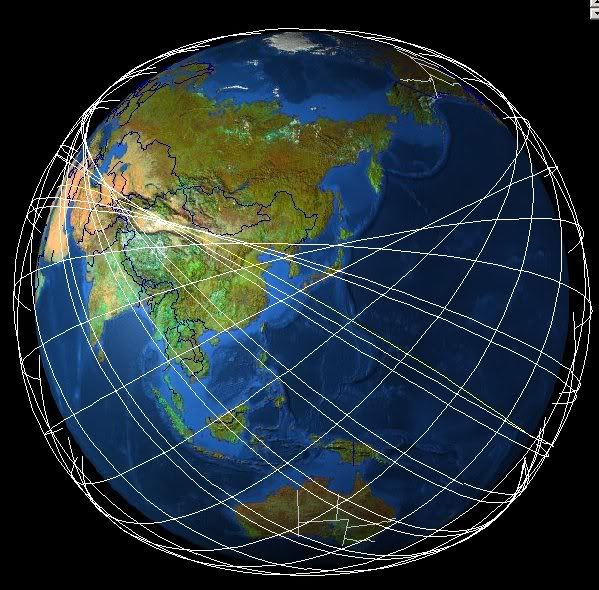It's strike II for Chandrayaan.
India’s Moon mission — Chandrayaan-1 — is certainly making strides in the time it has been around the Moon. After revealing traces of
iron deposits and formation of craters recently, it is now throwing up pin-point evidence on the evolution of the Moon.
Forty years after the American Apollo Mission, Chandrayaan-1 has revealed direct evidence on the formation of crusts/highlands on the Moon.
No less than the American Association of Science and Nasa investigators acknowledge this contribution of the Indian mission. “Nearly 40 years after Apollo, no one had directly and unequivocally confirmed the true nature of the lunar highlands. Researchers from the Chandrayaan-1 mission have reported that they now have the final, direct proof,” the association has said in a recent publication in the journal Science.
The Indian mission through the Moon mineralogy mapper has offered proof that the Moon’s highlands were formed by the eruption of a hot liquid inside the Moon’s surface popularly known as magma. While it has been held that only the lowlands were formed by the magma , this new evidence suggests even the highlands were formed by a similar process.
“The hot liquid, magma, seems to have flowed on to the surface and taken the form of lava. The rocky remains that floated to the top appear to have transformed into the Moon’s highlands or mountains,” an Isro scientist explained.
This “lunar magma ocean hypothesis” , as it is popularly known, gained support from Apollo, groundbased, and orbital observations to become the paradigm for how planetary bodies got their first, or primary, crust.
Experts from Brown University , USA, have said new images show the lunar surface in very fine detail. The images are so clear that even the colours of the surface can be seen separately to indicate the formation of the highlands or the crust.
Investigators behind Nasa’s Moon Mineralogy Mapper instrument flying onboard India’s Chandrayaan-1 spacecraft report that the entire Inner Rook Mountains is of this character. “It validates the magma ocean. The huge impact that formed the great Mare Orientale basin threw up those mountains,” investigators say.
Japan Aerospace Exploration Agency’s imager on Japan’s Kaguya spacecraft is reporting similar findings in 70 impact craters around the Moon Corroboration from other space agencies is not a must Yet, anything that indicates similar results enhances faith in Chandrayaan-1.




